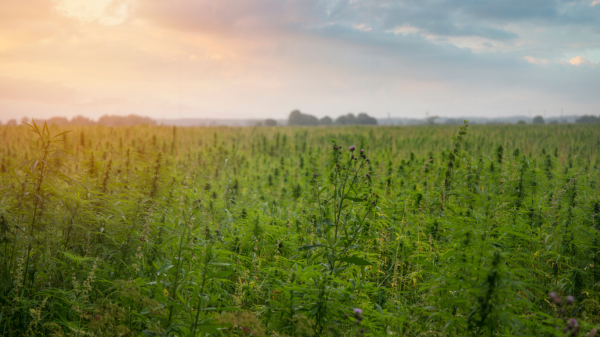CB1 and CB2 receptors are two major types of cannabinoid receptors that are found in the central nervous system within the human body. They bind with endocannabinoids, as well as other cannabinoids to regulate various physiological responses such as pain, appetite, mood, and immune function. The goal of this quick guide is to give you a brief overview of CB1 and CB2 receptors and their main functions, as well as medical applications.
CB1 Receptors
CB1 receptors are primarily located in the central nervous system, specifically in the brain region that is responsible for mood, appetite, pain sensation, and memory. They are activated by endocannabinoids, which are naturally occurring molecules in the body that have similar chemical structures to the cannabinoids found in cannabis.
When activated, CB1 receptors can modulate neurotransmitter release, and contribute to various physiological and psychological effects, including pain relief, relaxation, and altered perception. They are also known to regulate various diseases such as obesity, addiction, and neurological disorders.
CB2 Receptors
CB2 receptors are found mainly in the peripheral tissues, including immune cells, gastrointestinal tract, and peripheral nerves. They are also activated by endocannabinoids and can modulate immune function, inflammation, and pain perception. It is believed that CB2 receptor activation can be beneficial for inflammatory and autoimmune diseases – including multiple sclerosis, inflammatory bowel disease, and rheumatoid arthritis. They are also potential therapeutic targets for various conditions.
Comparison of CB1 and CB2 Receptors
CB1 and CB2 receptors have quite a few similarities as they are both members of the cannabinoid receptor family. They are activated by endocannabinoids and phytocannabinoids. They do however, have some differences, let’s take a look:
- Location. CB1 receptors are found in the central nervous system whereas CB2 receptors are mainly found in peripheral tissues, including immune cells and the gastrointestinal tract.
- Function. CB1 receptor activation is associated with a range of effects such as altered perception, pain relief, and mood regulation. CB2 receptor activation is associated with immune function, inflammation, and pain perception in peripheral tissues.
- Abundance. CB1 receptors are more available than CB2 receptors.
- Selectivity. Developing selective CB2 receptor antagonists has been challenging, as CB2 receptors are similar to other receptors.
Both CB1 and CB2 receptors are important for the cannabinoid-based therapies, they have different roles and location within the body, which impact their therapeutic potential.
Final thoughts
CB1 and CB2 receptors are two of the most important components of the endocannabinoid system. Understanding their functions and how they interact with cannabinoids is crucial for anyone interested in the potential therapeutic benefits of cannabis.




